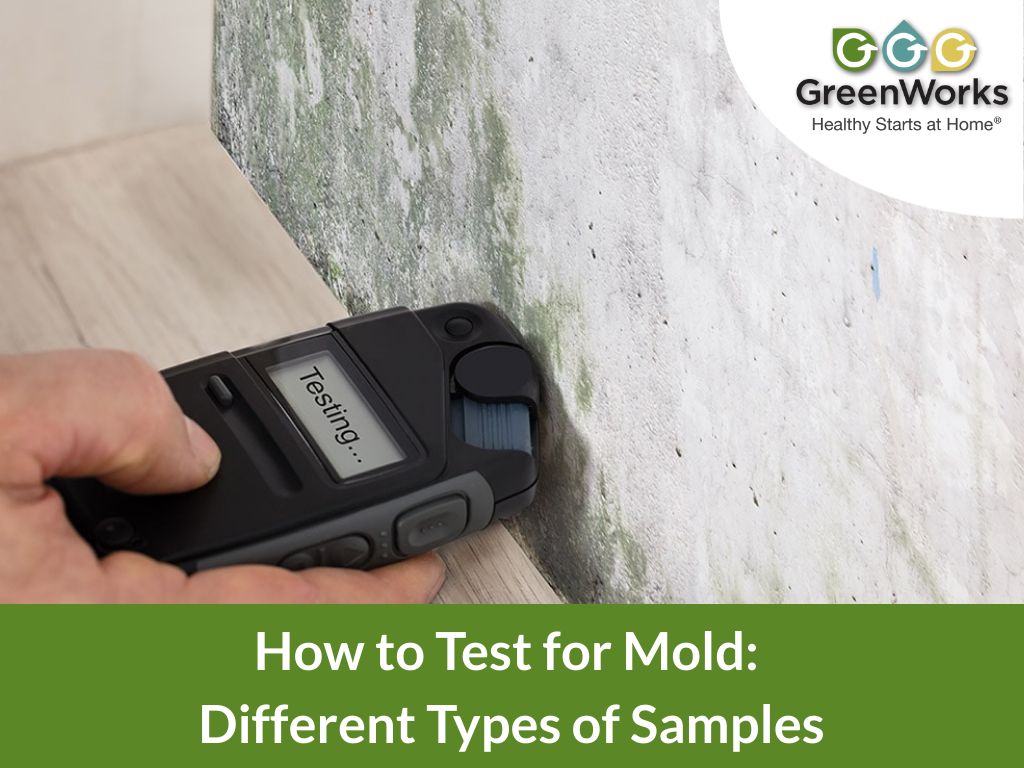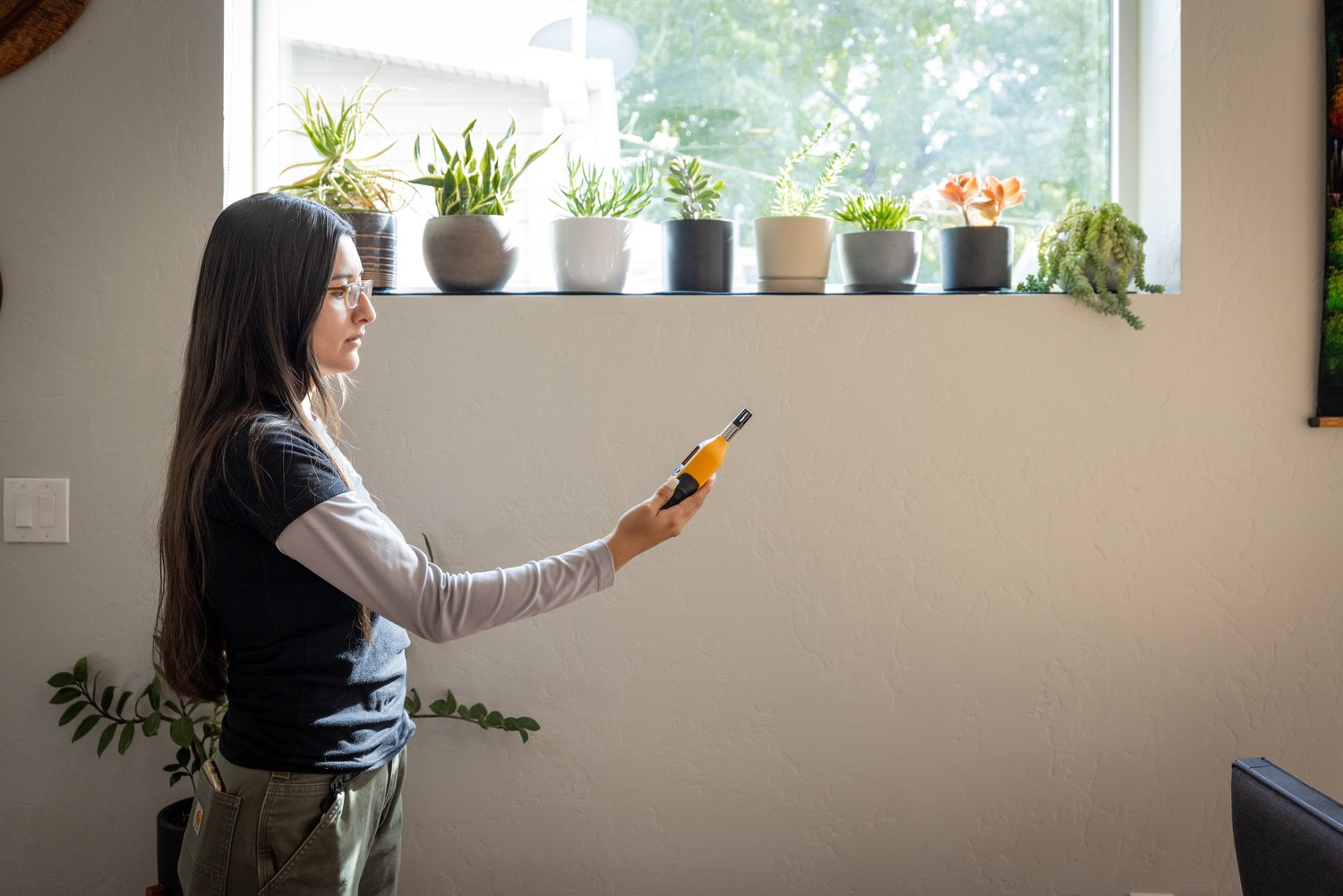How Mycotoxin Screening Assists Stop Contamination and Protect Food Materials

Mycotoxin screening is an indispensable practice in the food market, offering as a frontline defense versus contamination by dangerous contaminants generated by mold and mildews. Via the application of innovative methods like High-Performance Liquid Chromatography (HPLC) and Liquid Chromatography-Mass Spectrometry (LC-MS), food producers can properly discover and quantify mycotoxin degrees in farming products.
Recognizing Mycotoxins
Comprehending mycotoxins starts with recognizing that they are toxic secondary metabolites produced by specific mold and mildews, which can contaminate agricultural items. These metabolites are not essential for the development or recreation of the fungi but can have severe implications for human and animal wellness. Mycotoxins are frequently discovered in staple plants such as corn, wheat, barley, and nuts, where they can multiply under certain problems of dampness and temperature level.
There are several kinds of mycotoxins, each created by different fungal types. Fusarium types create trichothecenes and fumonisins, both of which are linked with different acute and persistent health problems.

Dangers of Mycotoxin Contamination
The dangers of mycotoxin contamination are complex, presenting substantial risks to both food safety and public health and wellness. Mycotoxins, poisonous compounds produced by certain types of fungi, can infect a broad range of agricultural products consisting of cereals, nuts, flavors, dried out fruits, and coffee.
Financial effects are an additional major problem. Contaminated crops can result in substantial monetary losses for farmers and food producers as a result of decreased yields and the need for pricey purification steps. In addition, global profession can be dramatically hindered as nations enforce rigorous mycotoxin policies to protect their populations, bring about declined deliveries and strained trade connections.
Environmental variables such as environment modification aggravate the risk of mycotoxin contamination. Variations in temperature level and moisture can produce desirable problems for fungal development, enhancing the likelihood of contamination events. Therefore, understanding and reducing these risks are essential for guaranteeing the safety and honesty of worldwide food products.
Techniques of Mycotoxin Testing
Accurately identifying mycotoxin contamination in agricultural items is necessary for securing public wellness and maintaining food safety and security standards. Various approaches are used to find and evaluate mycotoxins, each offering particular benefits and restrictions.
High-Performance Fluid Chromatography (HPLC) is an extensively used technique because of its high sensitivity and precision. It includes separating mycotoxins from various other substances in a sample, making it possible for precise quantification. Likewise, Liquid Chromatography-Mass Spectrometry (LC-MS) integrates liquid chromatography with mass spectrometry to give in-depth molecular details, making it specifically helpful for recognizing several mycotoxins concurrently - Mycotoxin testing Services.

Gas Chromatography-Mass Spectrometry (GC-MS) and Thin-Layer pop over to these guys Chromatography (TLC) are additionally utilized, each with special applications. GC-MS is efficient for unpredictable mycotoxins, while tender loving care offers an easier, economical option for initial screening.
Advantages of Normal Evaluating
Regular screening for mycotoxins in agricultural products provides numerous benefits, significantly contributing to public health and wellness and food security. By determining contamination early, normal screening aids stop the circulation of harmful foods, thereby lowering the threat of mycotoxin-related diseases among customers. This aggressive strategy not only safeguards human wellness however additionally improves the total top quality of food materials.
Different nations and areas have developed stringent restrictions for mycotoxin levels in food and feed. Sticking to these restrictions through check over here regular screening ensures that distributors and manufacturers meet legal standards, thereby avoiding charges and profession obstacles.
Additionally, routine mycotoxin screening can cause considerable financial advantages. Early detection of contamination permits timely treatment, decreasing potential losses from extensive contamination. Carrying out regular screening protocols can likewise reduce recall expenses and relevant liabilities, which can be financially ravaging.
Furthermore, normal screening gives beneficial information that can notify better agricultural techniques and storage space problems. By comprehending patterns of contamination, manufacturers can embrace safety nets, thereby decreasing future dangers and contributing to the sustainability of the food supply chain.
Applying Checking Procedures
Implementing reliable mycotoxin testing procedures is crucial for ensuring the safety and high quality of agricultural items. Establishing a robust screening framework involves numerous crucial steps, beginning with the identification of possible contamination points within the production and supply chain. This consists of pre-harvest, post-harvest, storage space, and distribution stages. Each phase must be inspected to determine where mycotoxin contamination is probably to occur.
Once vital control factors are determined, choosing ideal testing methods is important. Common methods consist of enzyme-linked immunosorbent assay (ELISA), high-performance liquid chromatography (HPLC), and mass spectrometry (MS) Each method has its weaknesses and strengths; hence, choosing the correct one depends upon the certain mycotoxin being tested, the visit their website needed level of sensitivity, and readily available sources.

Lastly, integrating the testing protocols into a comprehensive food safety and security administration system is advisable. This improves traceability and allows quick rehabilitative actions when contamination is spotted, therefore guarding the integrity of the food supply chain.
Conclusion
Mycotoxin testing is essential in protecting against contamination and safeguarding food supplies by enabling very early discovery of damaging contaminants generated by mold and mildews in agricultural products. Advanced methods such as HPLC and LC-MS guarantee conformity with security policies and secure consumers from wellness threats. Normal testing enhances brand online reputation, monetary security, and count on food security by reducing contamination-related losses and keeping high standards in food manufacturing. Executing rigorous screening protocols is therefore vital for the industry's general wellness.
Mycotoxin testing is an indispensable practice in the food market, offering as a frontline protection against contamination by harmful contaminants generated by molds. An incorporated strategy involving farming techniques, storage space management, and routine testing can minimize the threats associated with mycotoxin contamination, guaranteeing food security and public health and wellness.
The dangers of mycotoxin contamination are complex, presenting significant hazards to both food safety and public health and wellness.Normal screening for mycotoxins in farming items offers numerous advantages, significantly contributing to public health and wellness and food security.Mycotoxin testing is important in stopping contamination and securing food supplies by enabling very early detection of hazardous toxic substances produced by mold and mildews in farming items.